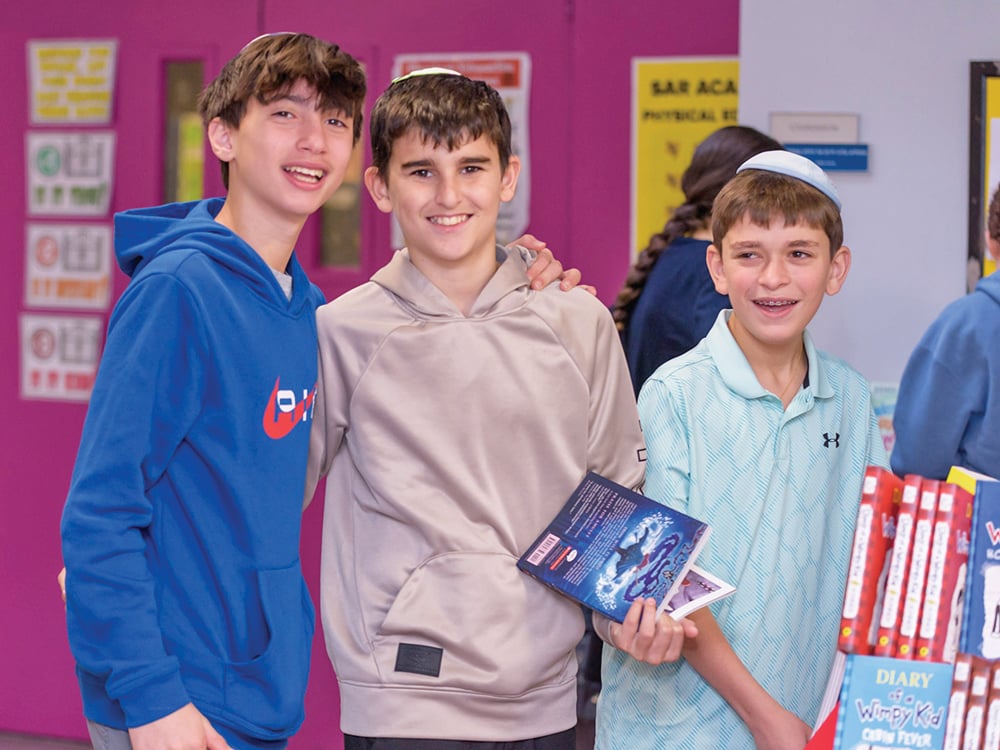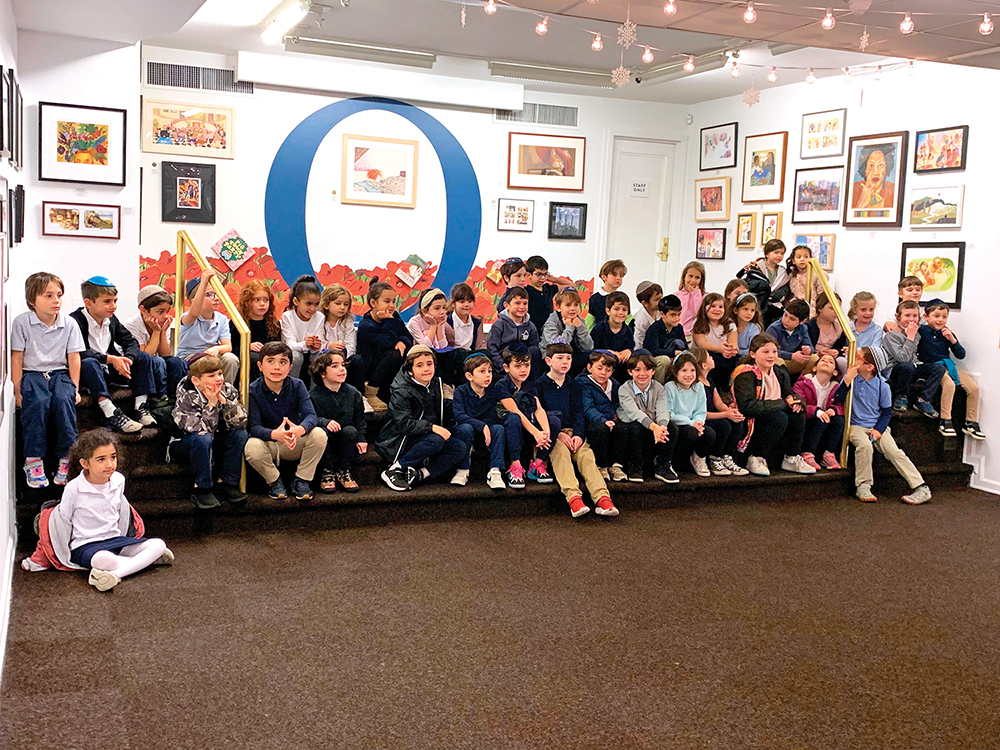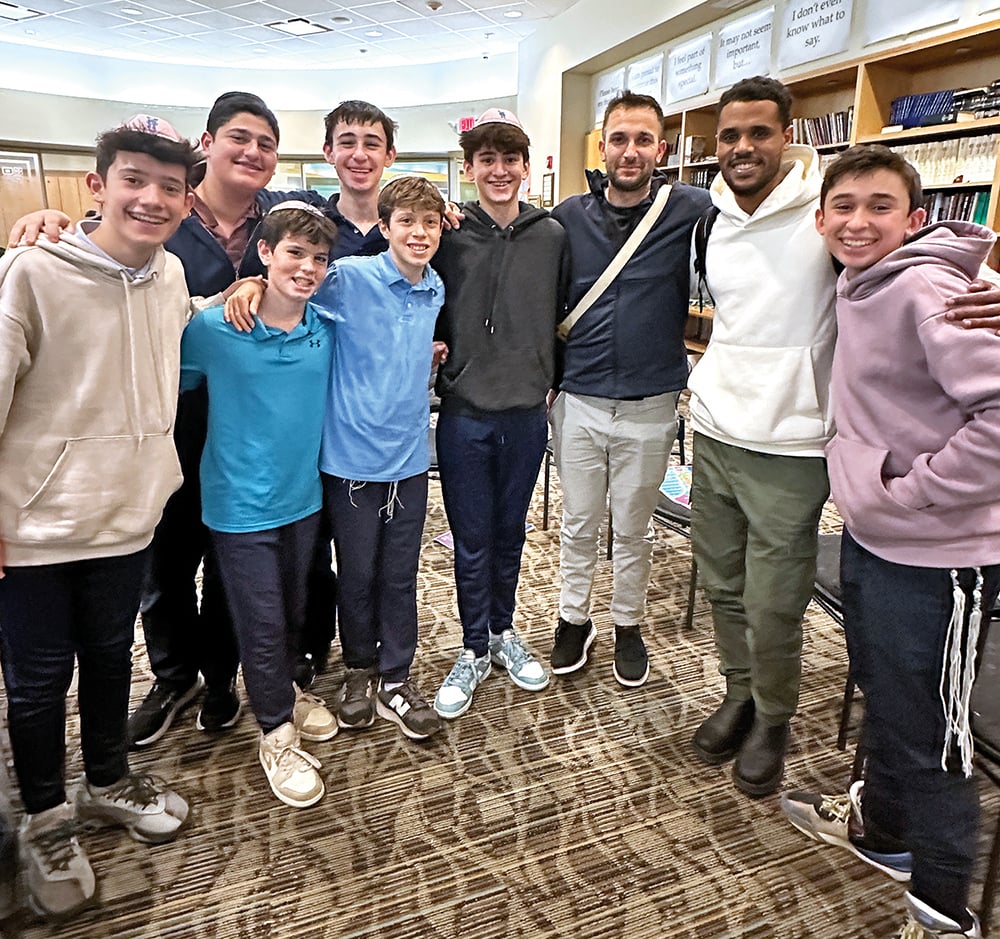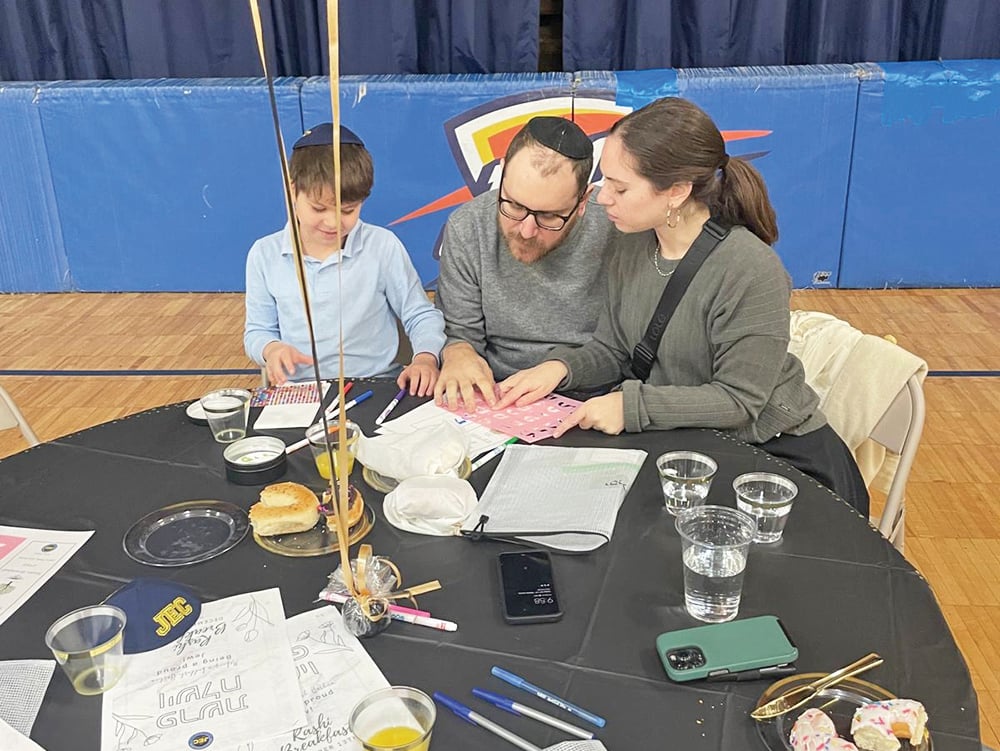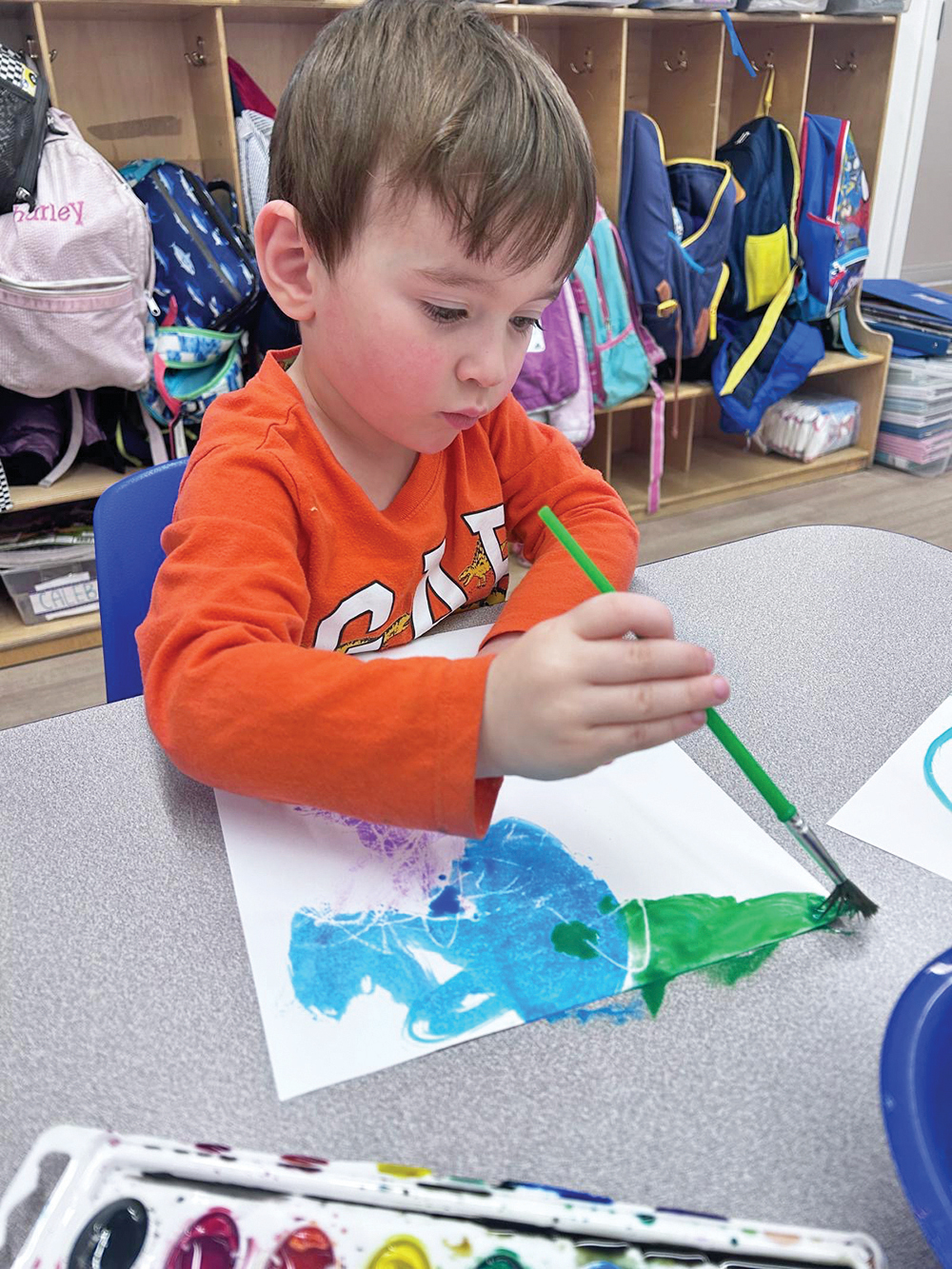Highlighting: “Yad Vashem Studies,” Part II: Vol. 49:1. 2021.
In this volume, Yad Vashem has produced another fascinating group of articles. Among them are three that examine the events of individuals whose lives were permanently shaped by the Shoah.
In “The Shaping of Holocaust Memory and the Eichmann Trial: Jacob Robinson—Jurist, Historian and Human Rights Activist,” Zohar Segev, lecturer on Jewish studies at Haifa University, authored a biographical essay centered on the life of Jacob Robinson, who became the Jewish affairs adviser to Justice Robert Jackson, the chief American prosecutor at the Nuremberg trials. Robinson’s experience at Nuremberg and the voluminous information he amassed about the destruction of European Jewry, led him to join the team that prosecuted Adolf Eichmann at his 1960 trial in Jerusalem.
Jared A. Diamond, chair of Jewish studies at the University of Waterloo, analyzes six sermons from “Esh Kodesh” (Holy Fire), delivered by Rabbi Kalonymus Kalman Shapira in the Warsaw ghetto. Diamond asserts that “no comparable document from the Holocaust has yet been discovered, and thus ‘Esh Kodesh; remains sui generis.” They “constitute a wholly singular testament to a theological, philosophical, and existential struggles to wrest meaning out of evil of such magnitude.”
Avinoam Patt, chair of Judaic Studies at the University of Connecticut, reviews historian Dina Porat’s “Li Nakam Veshilem: HaYishuv, Hashoah, Vekvuzat Hanokmim Shel Abba Kovner” (Vengeance and Restitution Are Mine: The Yishuv, the Holocaust and Abba Kovner’s Avengers Group). Kovner was an Israeli poet, writer and partisan leader in the Vilna Ghetto. On December 31, 1941, he united a divided resistance movement in the ghetto with these words: “Jewish youth! Do not trust those who are trying to deceive you. Hitler plans to destroy all the Jews of Europe. …We will not be led like sheep to the slaughter! True, we are weak and defenseless, but the only reply to the murderer is revolt! Brothers! Better to fall as free fighters than to live by the mercy of the murderers. Arise! Arise with your last breath!”
Porat describes how when Kovner arrived in Lublin in January 1945, he founded a clandestine organization of survivors called Nakam (revenge). Their goal was retribution, to avenge the murder of six million Jews by poisoning six million Germans. In this meticulously researched work, Porat examines why the plan failed, and asks: “How was it possible that this seemingly warm, humane, ethical group of individuals was equipped to carry out such a barbaric plan?”
She is uniquely adept at analyzing the role played by the leadership of the Yishuv (Jewish settlement in Palestine before the establishment of the State of Israel) in “suppressing massive revenge,” since they believed the establishment of the state “would be the only appropriate response to the Holocaust.” A valuable and significant addition to our understanding of the Shoah and the creation of the state of Israel.
In “‘Who Owns This Holocaust Anyway?’ The Homosexuals’ and Lesbian’ Memorial Ceremony at Yad Vashem, 1994,” Amit Kama, senior lecturer of communication and Sharon Livne, of the Bucerius Institute for Research of Contemporary German history and Society, discusses the intense controversy surrounding the memorial service to include a memorial prayer for “our homosexual brothers and our lesbian sisters, of our people and of other peoples who were murdered in the Holocaust, so that we may pray for the remembrance of their souls.” They wanted to highlight the “double victimhood of Jewish homosexuals and lesbians,” whom the Nazis singled out because of their “sexual orientation and their Jewishness.” This was part of an effort by their community to gain acceptance into the mainstream “of general society in order to become part of the social fabric.”
A small number of Holocaust survivors, their children and members of Kach, a radical Orthodox ultranationalist political party and movement, violently opposed the event. Kach activists disrupted the ceremony to the point where police had to be called to quell the protests.
Inexplicably, no Holocaust historians are quoted in the article, especially since some of the leading Holocaust scholars in the world are involved with Yad Vashem. Instead, MK Dov Shilansky (Likud), who fought in the Šiauliai Ghetto underground in Lithuania during the Holocaust and served as a speaker of the Knesset, placed the issue in historical perspective when he declared: “I, who had been in the ghetto and the camps, saw all along the way people who adhered to their faith in their last moments. … No one stuck to their sexual orientations at those moments. What those who walked to the crematoria and the gas chambers had in common was their Jewishness and their faith. That’s how Yad Vashem was built and that’s how it ought to be.”
Dr. Alex Grobman is the senior resident scholar at the John C. Danforth Society and a member of the Council of Scholars for Peace in the Middle East. He has an MA and PhD in contemporary Jewish history from The Hebrew university of Jerusalem. He lives in Jerusalem.



